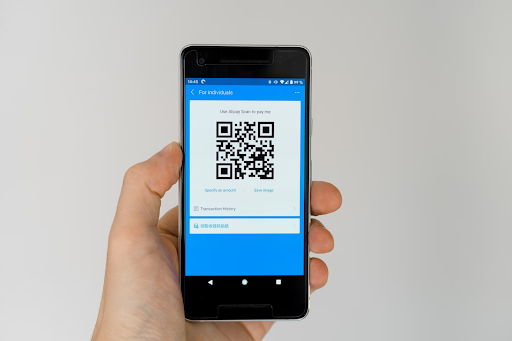Digital signage is a technology that has changed how businesses communicate with their audiences. The right software can make digital displays an even more powerful tool for marketing, information conveyance, or customer engagement. The challenge is to find the right solution that takes into account all the above considerations. In this guide, we look at a few features that you should consider when buying digital signage software.
Understanding Your Needs
Clearly defining goals before investing in digital signage software is imperative. Are the displays for advertising purposes, wayfinding, or internal communication? Picking digital signage softwares by those objectives requires an understanding of the primary purpose. Think about what sort of content is going to be shown: video, images, interactive content. Knowing these will help understand the features that will be required.
Ease of Use
The most important thing is that it will be user-friendly. The software should offer an intuitive interface for creating and managing the content easily. Many times, this type of system’s complexity will only generate inefficiency and frustration. Pick a solution with drag-and-drop capabilities or templates, so you do not have to struggle with designing it. And this means that the teams can start immediately creating interesting content instead of needing to solve any technical headaches.
Compatibility and Integration
It is important to ensure that the software is compatible with the existing hardware and systems. It should be well-integrated with existing tools and platforms so as not to incur extra costs. Also, it should support various file formats and operating systems. This versatility guarantees that, without significant changes, the EPA software can evolve according to different environments and needs.
Scalability
The digital signage system must allow for expansion as businesses do. Select software that is scalable for lasting value. It is designed to scale up and support more screens or places without complete redesign. That flexibility is essential for the firms eyeing to scale their digital investments over time.
Use of CMS
A strong content management system is what underpins all successful digital signage. Users should be able to schedule content, manage playlists and update displays from the CMS remotely. Functions such as real-time refresh and content automation can enhance efficiency to new levels. A good CMS allows users to regularly update their content with little to no effort on their end.
Security Features
Digital signage systems offer other areas of concern, security being one of them. The product should come with strong security features to ensure unauthorized access and data breaches are avoided at all costs. In addition, you should find features like user authentication, data transmission security, and regular software updates. This will provide a security patch against any potential vulnerabilities if implemented properly as per industry standards.
Customer Support
Effective customer support must be provided because when dealing with digital signage software, you need nothing but the best. From resolving problems to exploring features, dedicated support can prove incredibly valuable when the need arises. Choose providers that have all possible support channels, like phone, email, and live chat. The support is very responsive, which can be great during setup and after.
Pricing and Licensing
Model pricing is important to understand. Some operate on a subscription, and some may charge a single fee. Be assured that the tool fits within your budget by weighing the cost against the features you get. Keep in mind other expenses (for example, updates or maintenance fees) so you don’t get surprised with extra costs. Clarity in price gives you a chance to make an informed choice.
Trial and Testing
It is wise to try the software before you spend money on it. Most providers have trial periods or demo versions. This enables potential buyers to check all its capabilities and see how well it fits their needs. Evaluating the software in its natural environment gives the user a unique view of the program and its effectiveness.
User Reviews and Feedback
User reviews are a great source of information. Other users can point out strengths or weaknesses that might be hidden from our view. Find reviews for comparable industries or cases to see how the software performs in similar settings. This can help you make an informed decision.
Future-Proofing
The pace of technology is still not slowing down. So, choose digital signage software that is a future-ready solution for ongoing trends and updates. Providers who update their products on a regular basis, roll out features that are top-notch service, and listen to the market make their offerings stay relevant. A forward-thinking solution will also save you time and effort in the long run, so it’s worth investing in.
Conclusion
Choosing the right digital signage software requires thoughtful consideration of multiple aspects. Identifying the specific needs, verifying technical compatibility, and considering adoption-related metrics such as user experience, data security, and support will help enterprises choose wisely. An intentional process will make sure the software selection meets the current needs and continues to grow with the company in the future.











